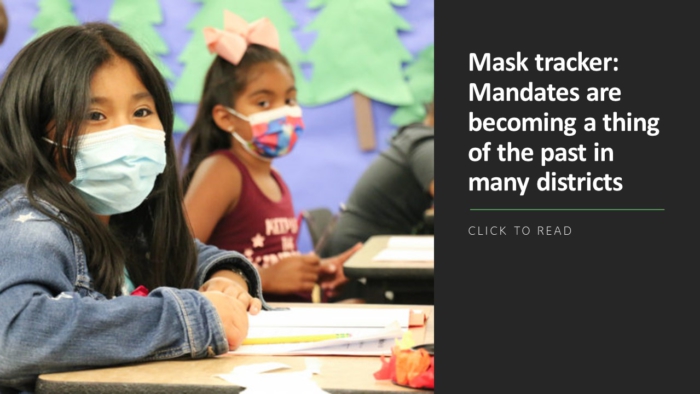Recent limits on teaching LGBTQ topics and student activities fly in the face of years of growing inclusion and affirmation by educators, schools, and yes, even state lawmakers.
As of 2020, when the new wave of prohibitions began, anti-bullying laws and regulations in 24 U.S. states specifically protected students based on their sexual orientation and gender identity, says Deborah Temkin, a school climate expert with Child Trends, a nonprofit research organization. “The latest trend toward exclusionary policies is a dramatic shift from the last 10 years,” says Temkin, who is the nonprofit’s deputy CEO and vice president for education and youth development. “It’s really important in this environment to focus on the positives because some may not realize how far this country has come. Things have gotten better for LGBTQ students in schools.”
Between 2006 and 2019, no states passed laws that excluded LGBTQ students. In 2020 and 2021, at least nine states passed such policies, Child Trends reports. Still, in recent years, a number of states have mandated that sex education includes non-heterosexual relationships, that teachers receive professional development in supporting LGTBQ students, and that suicide prevention efforts cover challenges faced by the LGBTQ community. At least seven states require an LGTQB-inclusive curriculum.
Policies that affirm and explicitly protect LGBTQ youth lead to reduced rates of bullying and suicide, and other positive outcomes—for all students, research by Child Trends and other organizations has found. This includes when school administrators support activities such as a gay-straight alliance club. “It’s just like trauma-informed care—things that are good for a subset of your school community also have benefits for the entire community,” says Brandon Stratford, Child Trends’ deputy program director for education. “They create a safer environment for everyone at school.”
Administrators should ensure that teachers and staff in their districts are aware of what is and isn’t permitted under state policies related to LGBTQ students. But resistance in states such as Florida and Texas to bans on mask mandates may indicate a new willingness among K-12 leaders to flout state policies they consider dangerous to students. “Policies are not always very clear and what ends up happening is that folks at the local level get worried and avoid doing things they’re not sure will be OK,” Stratford says.”In the current climate, it can be scary.”
K-12 culture wars: Where restrictions are impacting CRT, LGBTQ and high school sports
Bills that block the teaching of LGBTQ topics or restrict transgender students from bathroom use or athletic participation can be harmful even when the measures fail to become law. “It creates a climate in which LGBTQ students are experiencing hostility from very high levels,” Stratford says. “It also emboldens people in their local circles to act in ways that make them feel less safe.”
Transgender supports from the top
More support for LGBTQ students, particularly those who identify as transgender, is coming from the Biden administration. Last week, the president announced several new initiatives:
- Mental health resources for transgender youth: A new website that offers resources for transgender and LGBTQ youth, their parents, and providers has been launched by the Department of Health and Human Services. The site includes best practices for affirming an LGBTQ child.
- Expanded training to support transgender and nonbinary students: A new professional development series from the Department of Education’s Office of Safe and Supportive Schools will cover the challenges faced by transgender and nonbinary students—and the support they need.
- Confirming the benefits of gender-affirming care: Educators will find ideas for engaging LGBTQ students and providing them with mental health services at “LGBTQI+ Youth-Like All Americans, They Deserve Evidence-Based Care,” offered by The Substance Abuse and Mental Health Services Administration. More information on gender-affirming care has been released by The Office of the Assistant Secretary for Health and the National Child Traumatic Stress Network.
Reports also indicate that forthcoming updates to Title 9 regulations will affirm the rights of transgender students. The updates, which are expected to be finalized later this month, will bar discrimination based on a student’s sexual orientation and gender identity, The Washington Post reported.



